'People refer to them as Stonehenge': Abandoned concrete plant in Manitoba turns into photo destination
Four small hills covered with geometrically spaced concrete spires on the outskirts of Winnipeg has been attracting visitors for years.
Speculation on what they are has given rise to radical theories of aliens and occult worship, but in reality they are the remnants of a industrial endeavor that fell victim in what could be called Winnipeg’s cement wars of the 1960s.
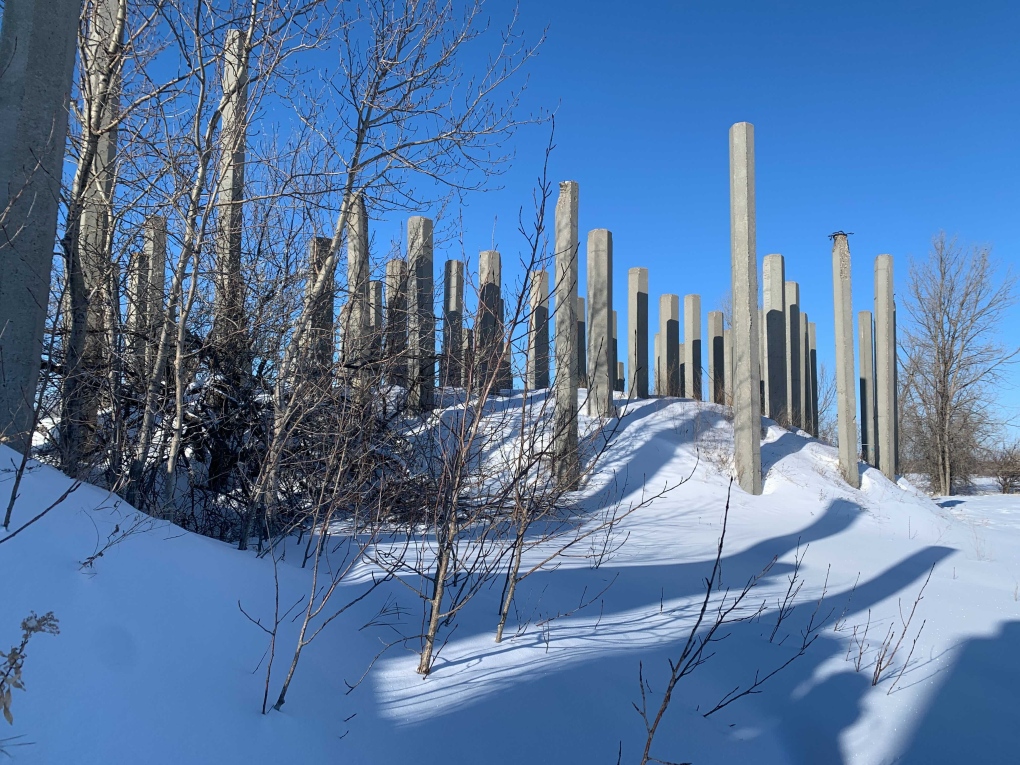
“People refer to them as Stonehenge or things like that,” said Kelvin Stewart, Ward 4 Councillor for the RM of Rosser where the concrete graveyard is located. “People don’t understand what it was, but the piles from the cement plant have nothing to do with cold or sun worship, or whatever Stonehenge is used for.”
On the site four mounds, each at least eight feet tall and in pairs with diameters of 50 and 70 feet, house multiple concrete piles spaced in a set pattern.
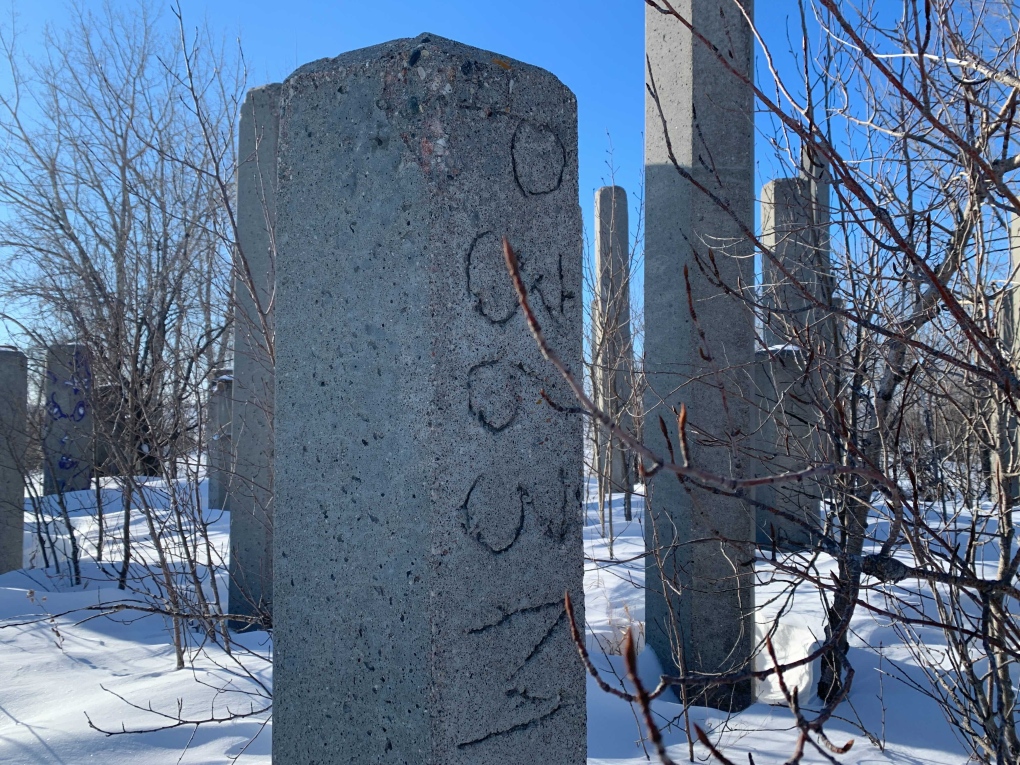
On each pile are dates and numbers, which the Manitoba Historical Society said would let workers know when it was strong enough to withstand the stresses of being pounded into the ground. Other numbers revealed pile lengths. They vary from 50 to 60 feet.
There was also a railway connection that has since been removed.
“There was a spur line previously that went off into the site so they had big plans for it,” said Stewart.
Those plans came from a company called BACM, which stands for British-American Construction and Materials Limited. According to the Historical Society, it was founded in 1961 by four brothers and based in Winnipeg.
The business was focused on building supplies, land and property development and construction. Its building supplies division made concrete products, including piles.
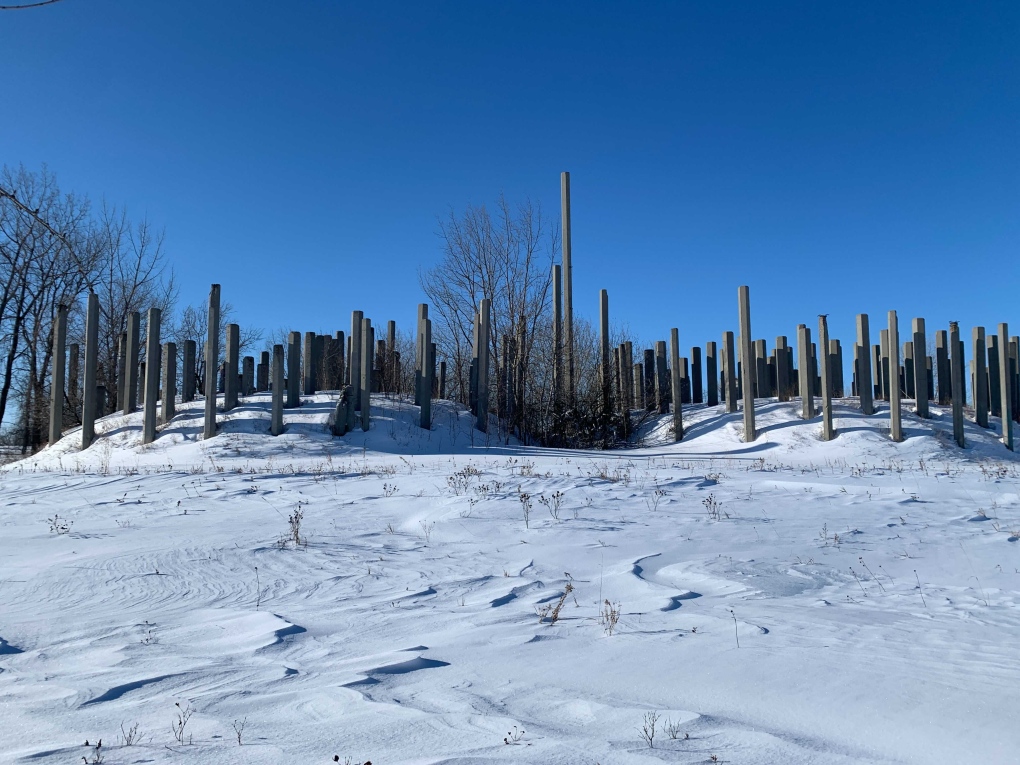
The historical society said a new subsidiary company was formed called the British-American Cement Company to operate a new $8.5 million cement factory out of the RM of Rosser location. The company drove its first pile into the ground in November of 1963.
The venture was ill fated as it faced competition from two other cement companies, including a planned new operation from Inland Cement in Winnipeg. According to the Manitoba Historical Society, industry analysts at the time said if the two new plants were built, they would produce triple the amount of concrete needed by Manitoba’s entire building industry.
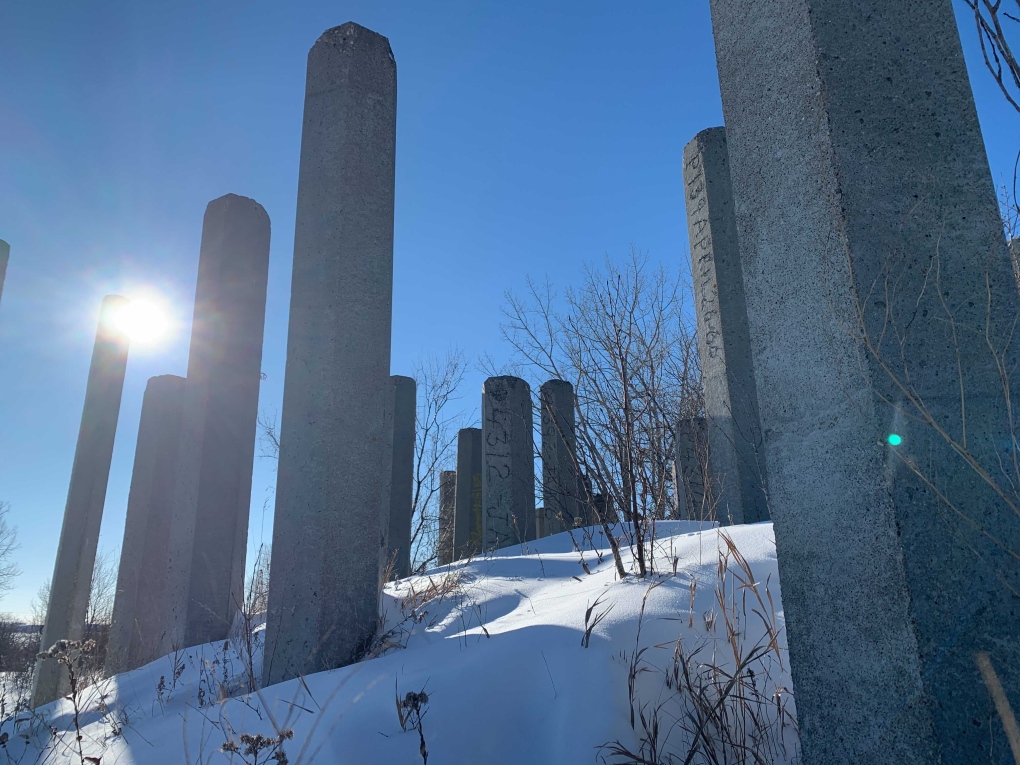
Inland Cement bought the site from BACM in 1964 following a decision by Winnipeg City Council to give all of their business to Inland, despite operating their cement plant out of Saskatchewan. Inland eventually built its concrete plant in Winnipeg and the old BACM site went dormant.
What’s been dubbed the concrete graveyard has sat empty for years despite several attempts at development.
“I was just a kid at the time with my father who was a councillor. It was going to be a western themed park because it’s not a small thing with the remnants of a cement plant but 240 acres,” said Stewart.
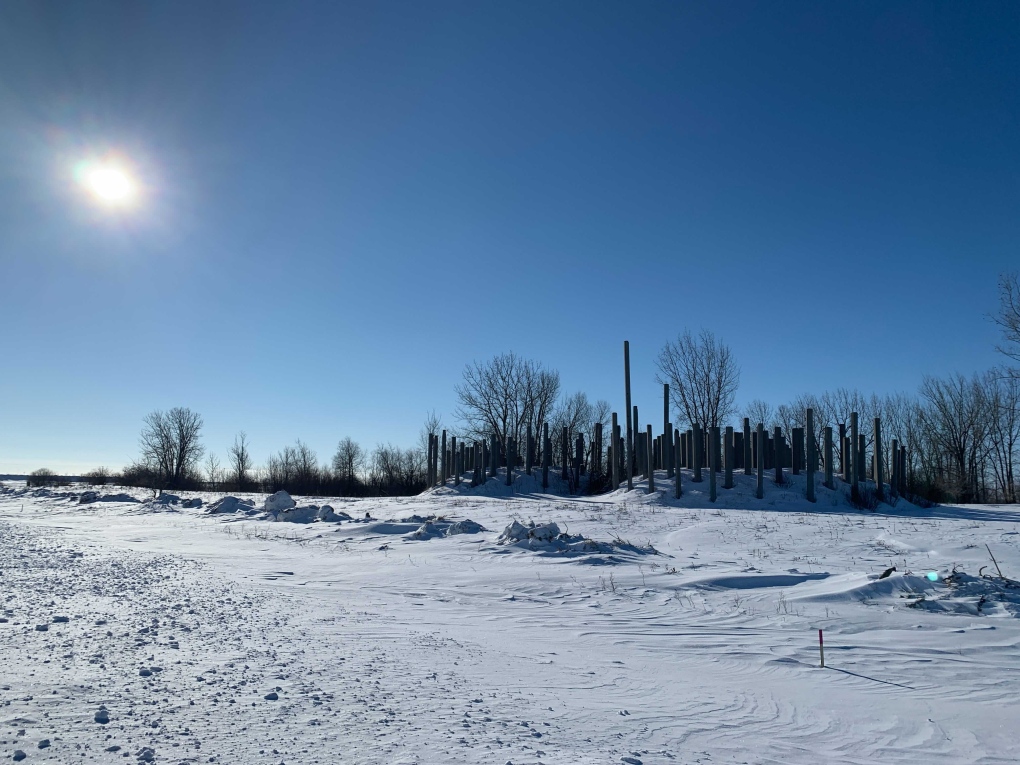
More recently plans have come forward for industrial lots or development because of its location within the CentrePort area. The issue, according to Stewart, is the site’s lack of services.
“It’s not contiguous to current development. There’s no sewer and water,” Stewart said. “That’s kind of problematic.
For now the site will remain as is – attracting visitors who are occasionally up to no good.
Graffiti covers many of the piles with mixed messages and images.
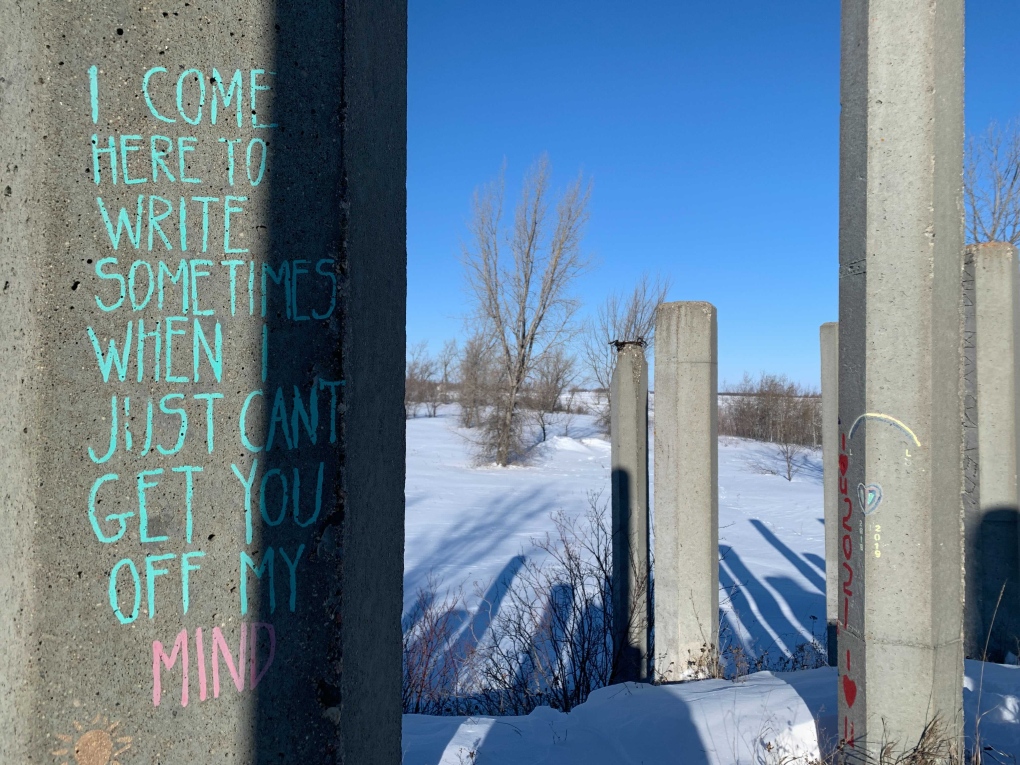
“I come here to write sometimes when I just can’t get you out of mind,” reads one.
Some are inspiring like, “Press on WPG,” while others are not.
Camps have been set up and fires have had to be out by the local volunteer fire department.
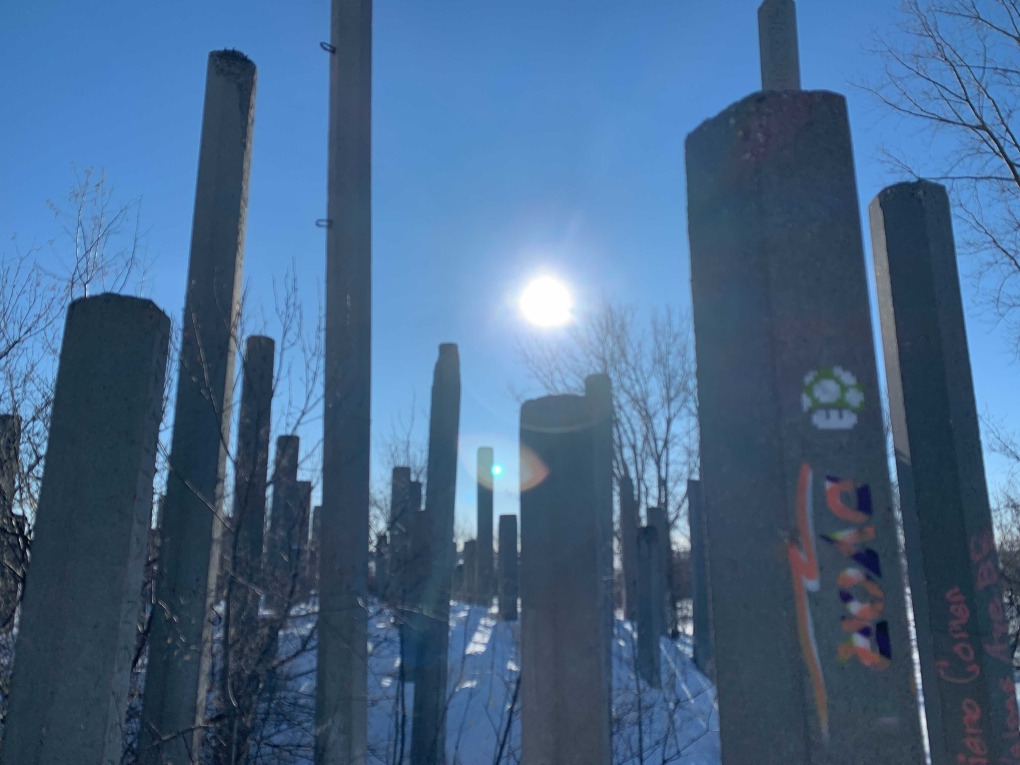
Stewart said it does get a lot of visitors who often brave the cold winter weather to snap a great shot for their social media feed with hashtags like #pilehenge or #concretegraveyard.
The concrete cemetery is located just off Sturgeon Road in the RM of Rosser.
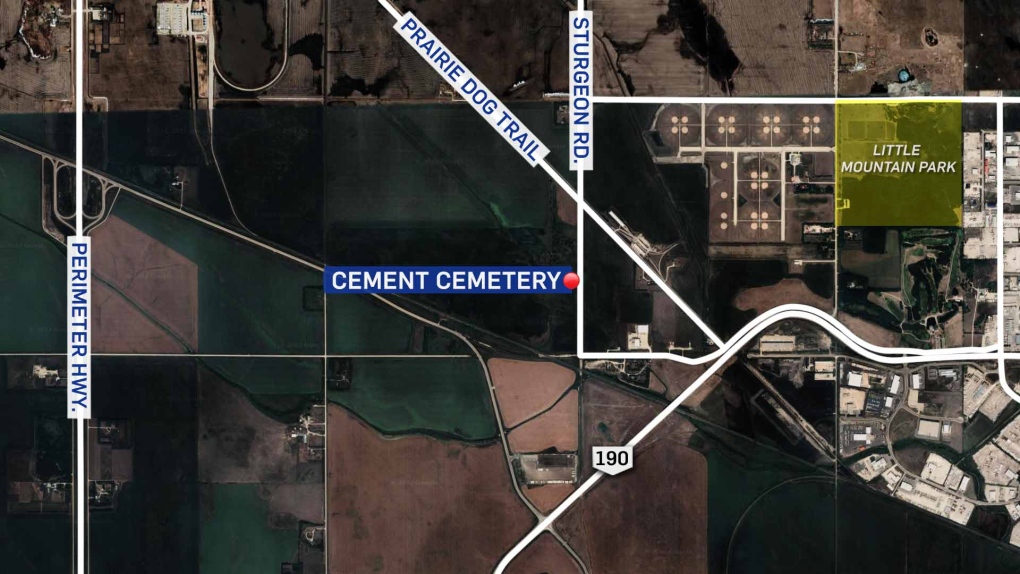
CTVNews.ca Top Stories

Possible scenarios that could play out in Ottawa as the Liberal government teeters
Prime Minister Justin Trudeau is said to be reflecting on his future over the holidays after the resignation of his top cabinet minister, Chrystia Freeland, in mid-December. The bombshell move prompted a fresh wave of calls for Trudeau to step down as Liberal leader from inside and outside the caucus.
5 things we know and still don't know about COVID, 5 years after it appeared
The virus is still with us, though humanity has built up immunity through vaccinations and infections. It's less deadly than it was in the pandemic's early days and it no longer tops the list of leading causes of death. But the virus is evolving, meaning scientists must track it closely.
Man in Cybertruck was shot in head before explosion outside Trump's Las Vegas hotel, sheriff says
The person inside the Tesla Cybertruck that burst into flames outside U.S. President-elect Donald Trump's Las Vegas hotel suffered a gunshot to the head before the explosion, officials said Thursday.
FORECAST Weather warnings issued in 7 provinces and territories
Wintry weather conditions, including heavy snow and wind chill values around -55, prompted warnings in seven provinces and territories Thursday.
Woman, father killed on New Year's Eve were victims of intimate partner violence: Halifax police
Halifax police are investigating three deaths that are connected – two of which they say were homicides resulting from intimate partner violence – in the city on New Year’s Eve.
LIVE UPDATES FBI says the New Orleans truck attacker acted alone in an 'act of terrorism'
The FBI now says the New Orleans truck attacker acted alone in an 'act of terrorism' when he drove a pickup truck into a crowd of New Year's revellers early Wednesday, killing 14 people.
Sask. RCMP locate missing inmate of Yorkton prison
An inmate who was wanted for being unlawfully-at-large after not returning to Whitespruce Provincial Training Centre in Yorkton has been found and arrested.
Who are Canada's top-earning CEOs and how much do they make?
Canada's 100 highest-paid CEOs earned $13.2 million on average in 2023 from salaries, bonuses and other compensation, according to the Canadian Centre for Policy Alternatives.
Mounties investigate discovery of 'very small pipe bomb' in Kamloops, B.C.
Mounties are investigating and appealing for witnesses after an explosive device was discovered Wednesday on a beach in Kamloops, B.C.


































